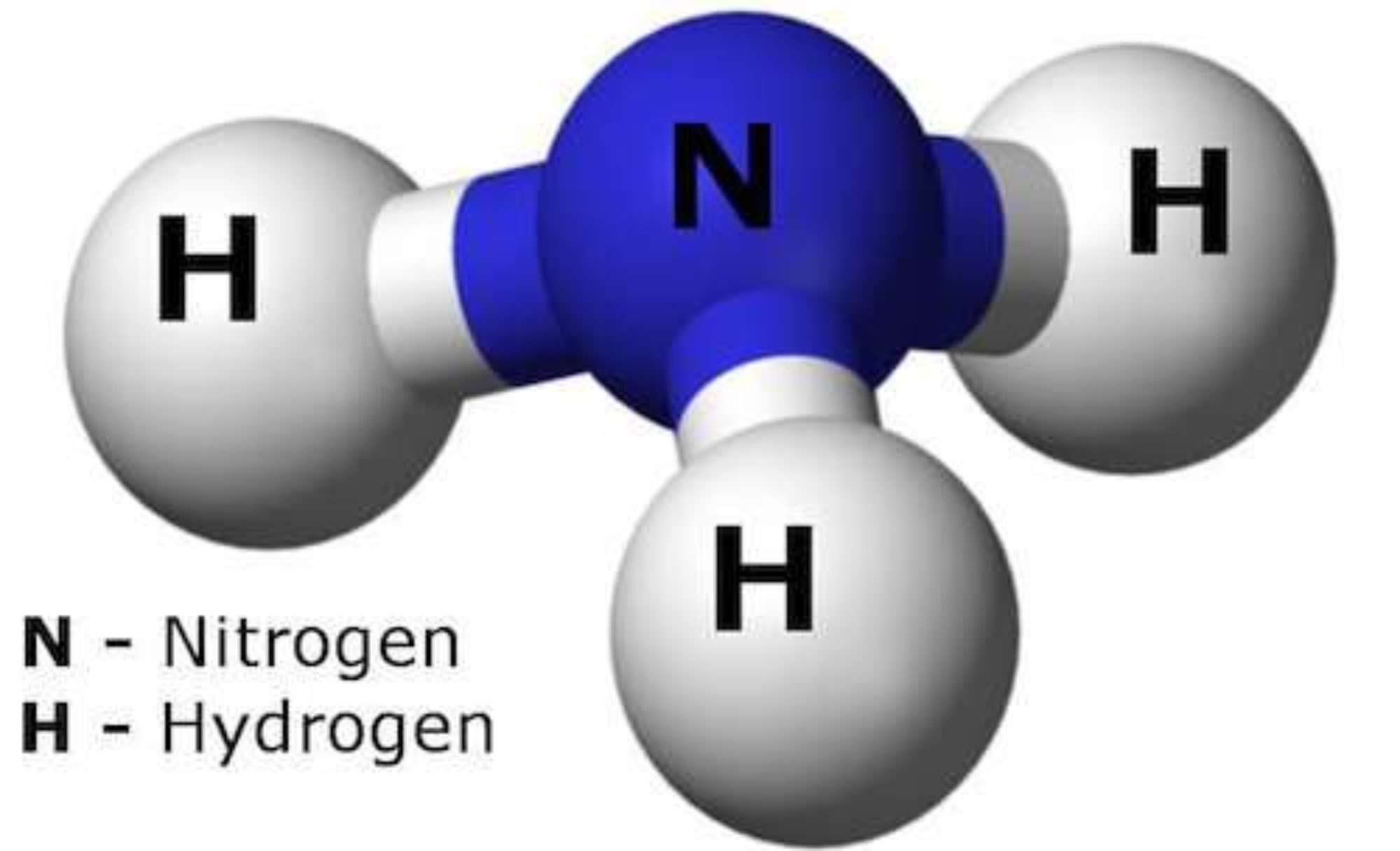Wind-powered ammonia fuel production for remote islands: A case study
Author links open overlay panelEricMorganbJamesManwellaJonMcGowanaShow morehttps://doi.org/10.1016/j.renene.2014.06.034Get rights and content
Highlights
•
A modeling procedure for the ammonia production from a wind turbines is presented.•
A general overview of the process and required components for the system is given.•
A case study for a Maine (USA) island using the proposed system is presented.•
Wind based NH3 fuel production at a remote island can be a viable energy storage option.
Abstract
This work investigates the prospect of producing ammonia from a wind turbine in order to displace diesel fuel requirements on isolated islands. In the proposed system, wind power is used to produce carbon-free ammonia fuel directly from water and air using traditional air separation units, alkaline electrolyzers, mechanical vapor compression desalination and a Haber–Bosch synthesis loop. The ability to produce synthetic fuel on site is potentially valuable both because it mitigates fuel transportation costs and insulates islanders from oil price fluctuations. A general overview of the process and required components is given. The analytical model used to calculate the technical and economic performance is summarized. Monhegan Island in Maine is used as a case study for a wind-powered ammonia production facility to demonstrate the potential of ammonia fuel production. Actual wind data and electrical load data from Monhegan Island are incorporated to determine the expected ammonia production. The results are compared to the existing system in which all fuels and electricity are ultimately derived from petroleum-based fuel. Total lifetime system costs are calculated with the results normalized so that the wind-ammonia system can be directly compared to a conventional diesel-only system. A breakeven diesel price is calculated at which wind-powered ammonia production becomes competitive.
